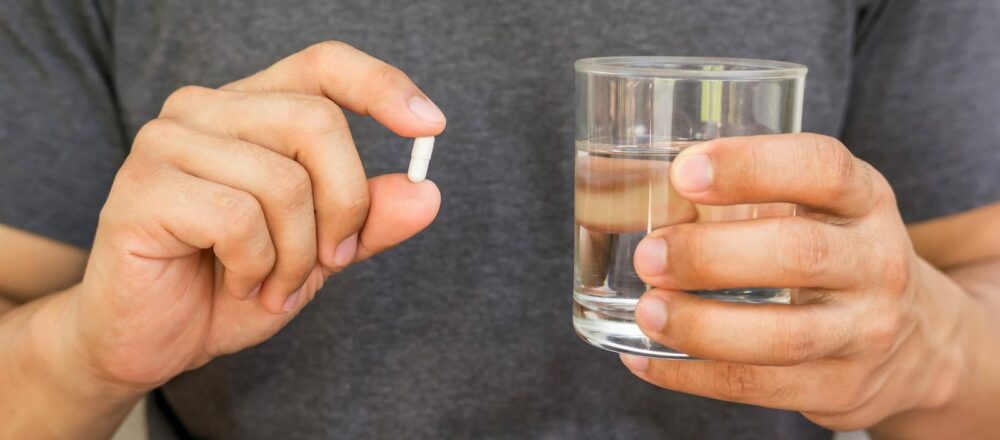Table of Contents
Most of us have heard of LSD and acid by now. Both can be incredibly dangerous to use and abuse and can cause serious health risks. So what are the differences between LSD and acid? You might be surprised to learn that they are the same thing.
D-lysergic acid diethylamide, or LSD, goes by many names on the street, such as blotter, Lucy, tabs, dots, gels, or simply “acid.” It was first discovered while scientists were researching lysergic acid, which was found in a very dangerous and potentially deadly mold that grows on rye and other grain. LSD is a pure white, crystalline compound with no taste or smell and is completely synthetic. LSD is not found anywhere in nature.
Acid is one of the most popular and longest abused hallucinogens in the US. Hallucinogens are drugs that alter the user’s perception of reality, sounds, time, and even thoughts and feelings. They can also produce very intense visual hallucinations, as well as dramatic shifts in mood.
LSD or acid is among the most potent recreational drugs in the US. It is so powerful that the average doses are measured out in micrograms. LSD is most commonly stored for transport and administration suspended in an alcohol solution. This solution can be applied with an eyedropper to sugar cubes or injected into gummy bears for immediate consumption.
In most cases, it is allowed to saturate a sheet of perforated “blotter paper,” and the alcohol evaporates, leaving the LSD on the paper. These papers are then separated along the perforations into “hits” and then placed on the tongue to absorb into the bloodstream.
Another common route of administration is to mix the acid-alcohol solution with gelatin and press that into a mold to firm up. These “gel tabs” can then be stored longer since they are more stable and often contain a significantly higher dose than blotters. They are often referred to by their color and a vague reference to their shape, such as “yellow sunshine” for simple yellow circles.
Side Effects of Using LSD or Acid
The effects of LSD or acid can present as both short-term effects as well as long-term. The short-term effects are those felt during the “trip,” while the long-term effects can linger for months or years after the last use.
Short-term effects include:
- A sense of euphoria
- Altered perception
- High blood pressure and body temperature
- High levels of confusion
- Visual and auditory hallucinations and delusions
- Feeling like they are leaving their body
- Questioning the current reality
The long-term effects of using LSD can be as different and varied as the short-term. Many who use heavier doses or for longer periods have more “bad trips” and experience more traumatic flashbacks. These bad trips can be so traumatic that the user suffers lasting psychological damage. These flashbacks can be incredibly frightening, cause the user to dissociate, and usually must be endured for the few minutes they last. There is also the possibility of infection from various sources, such as during risky sexual behavior.
How to Tell if Addicted to LSD or Acid
While LSD or acid does not create significant or noticeable chemical dependency like many other drugs, it can create unique challenges to healthy daily life. This is because drugs that cause a chemical dependency do so by forcing a serious degree of chemical adaptations the brain must make to function properly.
The challenge that acid creates for the users is the noticeable amount of psychological dependence that it can generate. The users frequently report that they love the experiences and desire them more and more.
LSD or acid withdrawals will be largely unique to the user that stops its use. With this in mind, the symptoms encountered are often difficult to predict in variation and intensity. This means some individuals may only get one or two symptoms and may feel them in any range of severity, while others may feel all of the symptoms slightly, and some may feel none.
The issues that could be present include:
- Insomnia, or the inability to sleep for significant lengths of time
- Sleeping too much, also known as hypersomnia
- Persistent discomfort or irritability
- Anxiety
- Restlessness
- Depression or general malaise
When someone stops taking LSD after a history of use, they often find that they become physically and psychologically uncomfortable for some time following the cessation. It is not uncommon to become more anxious or nervous, with no explanation for it.
Also worth noting is that those with mental health concerns, either diagnosed or undiagnosed, such as depression, schizophrenia, or chronic anxiety, may experience significant triggering during withdrawal from addiction to LSD. In situations where this may be the case, individuals are urged to seek professional treatment options rather than doing it alone.
Treatment Options if Addicted to LSD, Acid, or Other Hallucinogens
A growing number of people who used to be addicted to LSD or acid are finding success in quitting these substances and living healthier lives in recovery. If you think you might be addicted to acid or know someone who might be, the most important thing you can do is speak up and let them know they aren’t alone. There is help available if they want it.
Many people not only leverage their friends and family to help with personal accountability but also seek experienced professional help. By working with a local treatment center that offers inpatient treatments for intensive detox needs and flexible outpatient programs, recovery is closer than ever.
If you or a loved one are seeking rehab in Houston, Austin, or elsewhere in Texas, speak to an enrollment advisor about treatment to get on the path to a healthier, more satisfying future, free from drugs, starting today.
Follow our blog for helpful resources and information about addiction and drug use. Recent posts include information about the Clonazepam high, Prozac withdrawal symptoms, types of substance abuse, and more.
Sources:
Infinite Recovery has strict sourcing guidelines and relies on peer-reviewed studies, academic research institutions, and medical associations for our references. We avoid using tertiary references as our sources. You can learn more about how we source our references by reading our editorial guidelines and medical review policy.
- Berger F, Zieve D. Substance use – LSD: MedlinePlus Medical Encyclopedia. Published May 10, 2020. Accessed June 28, 2022. https://medlineplus.gov/ency/patientinstructions/000795.htm
















